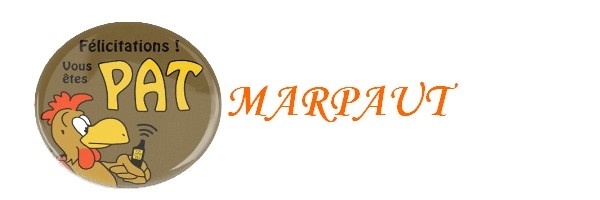La
section caméleon
Louis GUINGOT est un peintre
décorateur de l'École de Nancy. Il pratique
aussi la peinture sur étoffes et détient un brevet de peintures
lavables.
Affligé par la
catastrophe humaine que représente la guerre de 1914, il met au point, grâce à sa
maitrise de la
peinture sur étoffe, une veste et une cagoule destinées à rendre moins visibles
les soldats.
Des essais concluants de
repérage aérien sont
effectués à Toul, dès septembre 1914, avec une bâche et des
cagoules peintes par
Louis Guingot. Ce succès entraîne la création d'un atelier de
camouflage, chez lui, où il emploie des civils, avant que
l'Armée crée à Toul le Service
du camouflage. Des peintres sous les drapeaux y sont
affectés, dirigés par Louis
Guingot, ils prennent le nom d'équipe «caméléon». Cet animal
devient leur insigne.

La tenue du poilu au début de la guerre
La veste camouflée de Louis Guingot
La demande afflue, Guingot dans son
atelier de la “chaumière” ne peut pas suivre ;
il s'engage alors dans l'armée (il a 50 ans) et
entre dans la section spéciale
des peintres spécialisés dans la fabrication de cette
étoffe.N'étant pas un
administrateur, il laisse sa place de
responsable du service à Lucien-Victor Guirand de Scévola qui va rapidement chapeauter
la section avec
l’aide du maréchal des logis Eugène Corbin affecté au
6e Régiment d'Artillerie à Pied au fort de Domgermain que nous connaissons comme
administrateur des Magasins réunis de Nancy.
La petite équipe, affectée d'abord à la
IIe armée qui opérait alors sur le front de Picardie,
commença immédiatement ses travaux.
Les expériences répétées auxquelles elle
se livra permirent de se rendre compte qu'il était possible:
de rendre invisibles, dans
certaines conditions, les batteries, les dépôts, les
ouvrages mêmes et jusqu'au tracé de la fortification, de tromper l'ennemi
et de compléter le camouflage en installant de fausses
organisations, de faciliter et de rendre moins dangereuse l'observation en
utilisant les accidents naturels du sol.
Partout, sur
terre, dans l'air et sur mer, il ne fut plus question que de camoufler et
de tromper.
La cache ne se situe
pas au point GPS . Il vous faudra prendre la place du poilu et
compter 18 pas tout droit et 6 sur votre gauche. N'oubliez pas
votre torche.
 (excuse me for the rough translation)
(excuse me for the rough translation)
Section chameleon
Louis Guingot is a
decorative painter of the School of Nancy. He enjoys painting
on fabrics and holds a washable paint.
Distressed by the
human catastrophe that is the war of 1914, he developed through his
mastery of painting on cloth, a jacket and a hood designed to make
soldiers less visible.
Successful testing
of aerial reconnaissance is conducted at Toul, in September 1914
with a canvas and painted by Louis Guingot hoods.
This success led to
the creation of a workshop for camouflage, his home, where it
employs civilians, before the Army created at Toul "TheServices of
camouflage". Painters in the
armed forces are assigned, directed by Louis Guingot, they take the
team name "chameleon". The animal becomes their
badge.
Demand was coming,
Guingot in his studio in the "cottage" can not follow, he then
engages in the army (he turns 50) and enters the special section of
painters specializing in the manufacture of this fabric.
Not being a
director, he leaves his place of service manager Lucien-Victor
Guirand of Scaevola will soon oversee the section with the help of
Sergeant Eugene Corbin assigned to the 6th Regiment of Foot
Artillery at Fort Domgermain we know
as administrator "Magasins réunis de
Nancy".
The small team,
initially assigned to the Second Army which operated on the
battlefield of Picardy, began its work immediately.
Repeated experiments
to which it gave enabled to realize it was possible: to make
invisible, under certain conditions, batteries, deposits,
structures similar to the plot and the fortification of deceiving
the enemy and to complete the
camouflage by installing false organizations to facilitate and make
safer the observation using the natural features of the
ground.
Everywhere on earth,
air and sea, there was no question as to conceal and
deceive.
The cache is not located at GPS
point. You will need to
take the place of the soldier on the picture count 18 steps
straight and 6 on your left. Do not forget your
torch.


